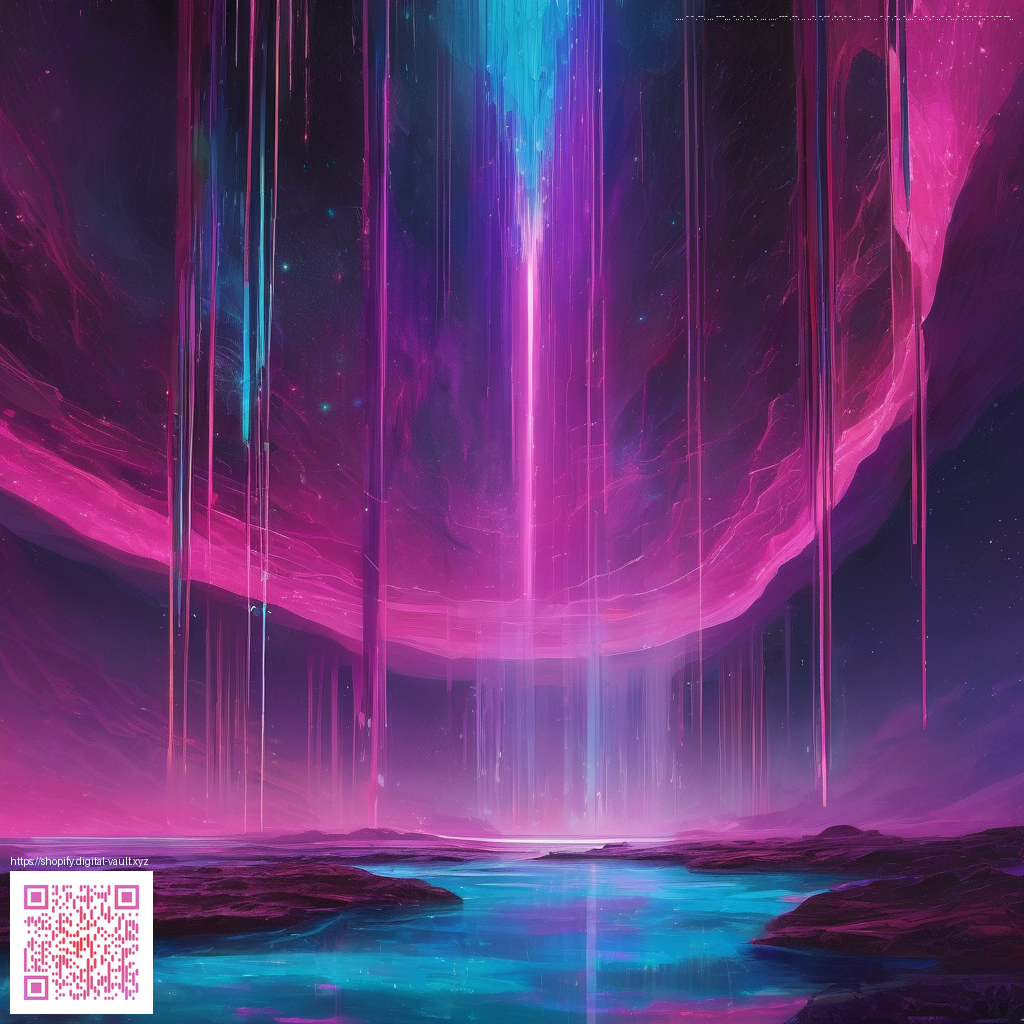
Digital paper backgrounds are a designer’s secret weapon when crafting with a Cricut. These ready-made patterns and textures open up endless possibilities for layered projects, personalized cards, and eye-catching decor. Instead of hunting for individual textures on stock sites or juggling multiple scraps of paper, you can lean into cohesive palettes and motifs that harmonize across several pieces. The result is a polished, professional look with less guesswork and more creative flow.
Bringing digital papers into Design Space
To maximize their impact, think of digital papers as both a backdrop and a design element. In Cricut Design Space, you can either print your digital paper designs and then cut them, or use pattern-based fills to overlay shapes directly. If you opt for printing, select a high-resolution file, print on sturdy cardstock or sticker paper, and then cut with precision. If you prefer a digital route, pattern fills let you quickly apply a repeating motif to any shape, creating complex visuals without adding extra layers.
Print-then-cut vs. cut-only workflows
The print-then-cut workflow shines for greeting cards, gift tags, and scrapbook accents. You’ll print the pattern on your chosen medium, align it with your Cricut’s sensor marks, and finish with a clean, exact cut. For vinyl or heat-transfer designs, you can still leverage digital papers by planning color-blocked backgrounds or masking layers before you cut. A well-chosen background can make text, icons, and foil accents pop in a way that’s difficult to achieve with solid colors alone.
When you’re ready to assemble, keep your layers organized. In Design Space, group related shapes, use the attach function to lock patterns to the cut lines, and reserve some negative space for contrasting inks or materials. A smart layering strategy turns a simple card into a multi-dimensional piece that reads as a curated design rather than a collection of flat shapes.
“Digital papers give your projects a narrative. When you match a background to your foreground elements, you create a cohesive story that feels intentional, not assembled.”
Creative project ideas to try this week
- Layered greeting cards with a printed texture behind die-cut shapes.
- Scrapbook covers that reuse a single digital paper across pages for a unified album.
- Gift tags featuring a small, repeatable pattern that echoes the event’s color scheme.
- Planner stickers and dashboards built on a background motif, so planning becomes a visual cue rather than a task.
- Custom phone accessories with subtle paper accents—think a matte or glossy backdrop peeking from behind clear overlays.
For hands-on inspiration, you can explore resources that curate digital paper ideas and practical workflows at the related hub. It’s a handy place to see how different patterns adapt across projects, from simple embellishments to more elaborate layouts. This approach has been echoed by crafters who share their progress on a variety of practice pages and tutorials you can reference here: https://x-landing.zero-static.xyz/2ae5e60c.html.
If you’re looking to apply digital papers to a everyday accessory, consider a MagSafe phone case with card holder (polycarbonate matte or gloss). It’s a practical canvas for a bold background, and the result is a sleek, personalized piece you’ll actually use. You can explore this product here: MagSafe phone case with card holder — polycarbonate matte or gloss.
Practical tips for color accuracy and print quality
- Calibrate your printer and choose a high-quality cardstock to preserve the details of fine patterns.
- Color management matters. Soft palettes read differently on screen and on print; test a small swatch before committing to a larger piece.
- Consider the finish of your surface. Matte backgrounds tend to read as elegant and warm, while gloss papers can add vibrancy to bold designs.
- Use a consistent margin around the shapes to ensure clean cuts, especially when combining multiple patterns in a single project.
As you experiment, document your process and note which digital papers align best with your project goals. The beauty of digital papers is that a single file can spark dozens of variations—not every project needs a fresh design; sometimes a small tweak to color or scale is all it takes to feel new again.